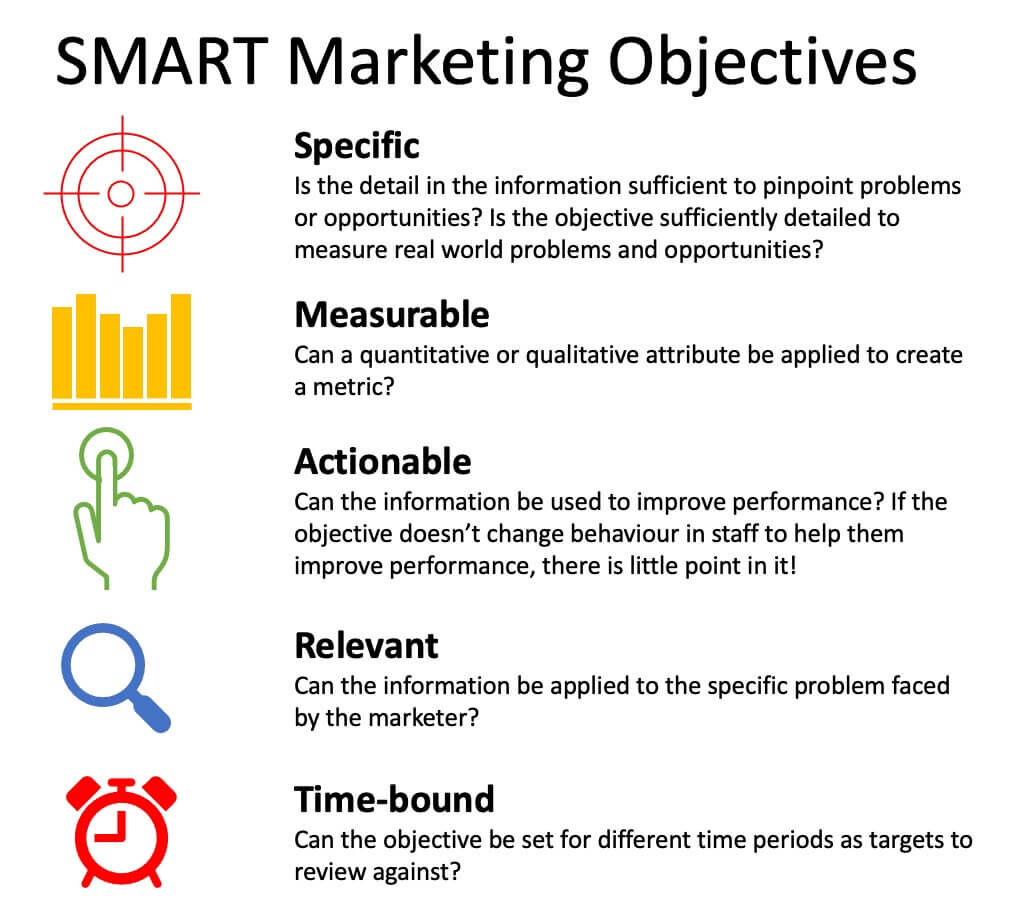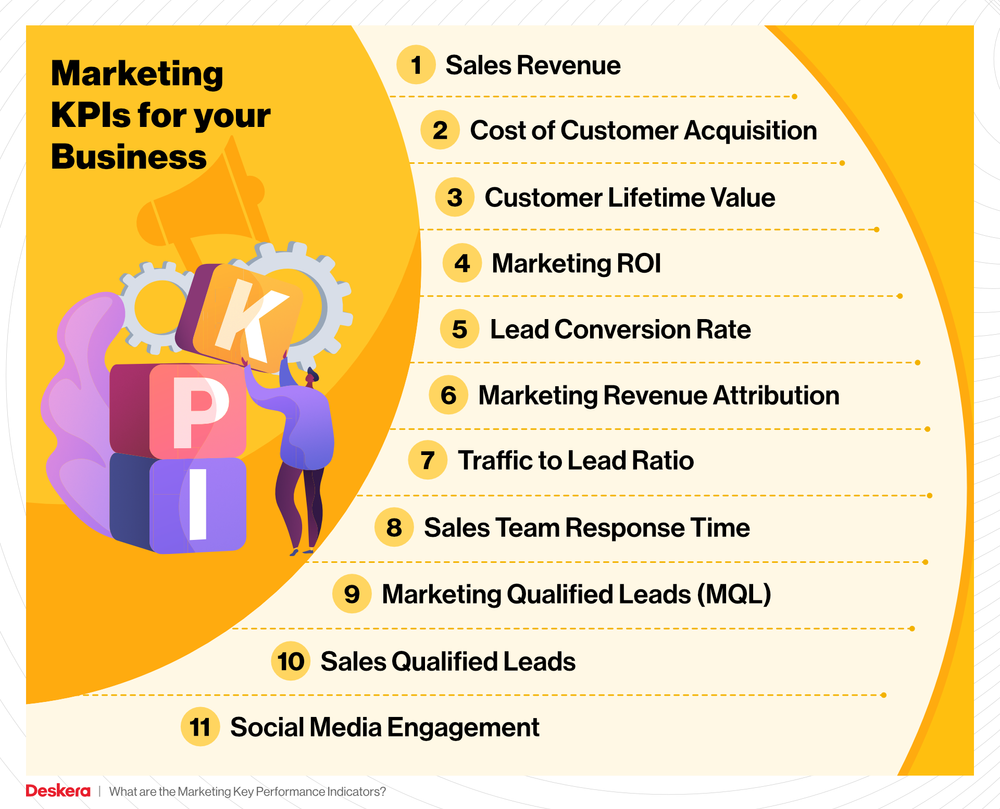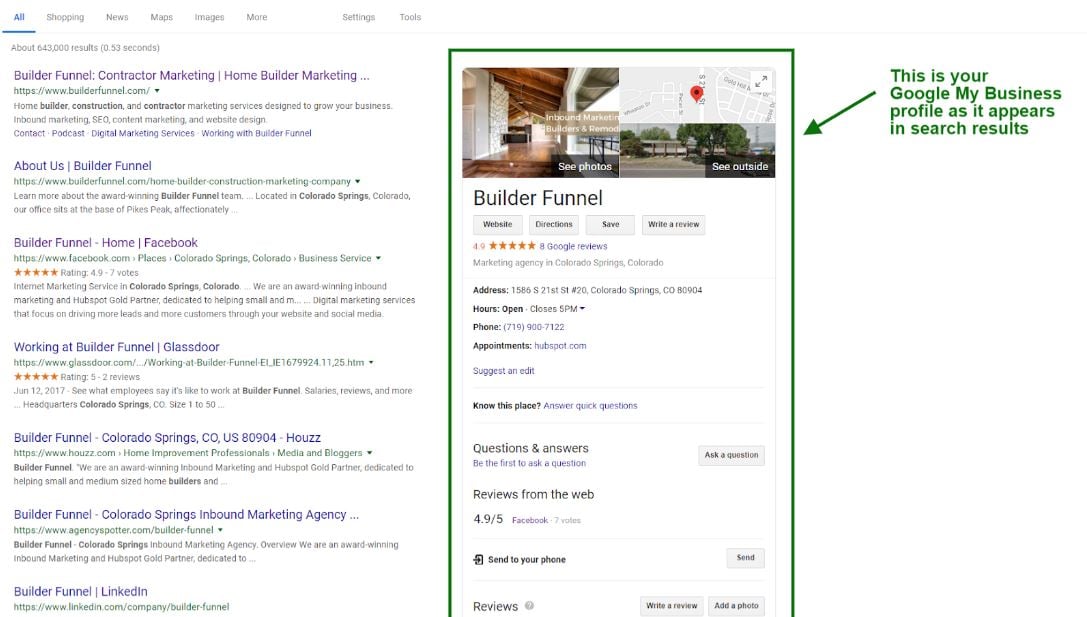The Ultimate Guide to Dominating Google and Meta Marketing Strategy

Digital marketing is essential to reaching new audiences, bringing in new clients, and doubling profits. Despite regular uploading of content on various social media platforms, some brands find it difficult to achieve their marketing goals.
One of the reasons is the lack of an effective brand marketing strategy.
A marketing strategy is a well-planned approach that helps brands systematically achieve their marketing-related goals. The strategy considers the business’s vision and mission, unique selling points (USPs), the target audience, and the marketing platform, among several other aspects, to produce an exhaustive execution plan.
While several marketing platforms are available, the top ones are Google and Meta.
Read on to learn how to develop a comprehensive marketing strategy that works for Google and Meta platforms and the best practices for effective marketing results.
Steps to Develop a Comprehensive Marketing Strategy for Google and Meta Platforms
These are common steps that marketers use on Google and Meta platforms, like Facebook and Instagram, to derive effective results. Besides these, brands and marketers can also use these steps for other marketing platforms.
Step 1: Engage in Extensive Market Research
Extensive market research is the first step that sets the direction for all the subsequent steps. Here, brands and marketers should strive to understand the target market. What are the pain points the audiences experience? How do the products/services help address them?
This data helps brands decide how to approach the entire marketing campaign. For instance, Coca-Cola, a widely preferred carbonated soft drink manufacturer, heavily relies on market research to understand its consumers’ preferences. This helps them develop new products and improve existing ones.
Step 2: Create Marketing Goals
Next, brands should work towards creating and defining their marketing objective. It could be increasing brand awareness, increasing website visitors, establishing an online presence, or improving engagement with clients.
Another tip would be devising a SMART (specific, measurable, achievable, result-focused, and time-bound) goal.

For example, the goal could be increasing brand visibility on TikTok by 50% to attract Gen Z customers.
Step 3: Identify the Audience Persona
Identifying the buyer persona can help brands understand the audience better. It helps marketers identify the form of content the audience prefers.
It can also give clarity about their pain points. This information helps brands tailor the advertisements and content, creating a personalised experience for their audience.
Step 4: Opt for the Right Marketing Channel
Next, marketers must choose the right platforms/channels to implement their marketing actions. This decision should be based on different factors like demographics, platform preferences, and the marketing goal of the brand. Brands can rely on tools and research to understand the right marketing channel.
For example, research suggests that women are more likely to use Instagram than men.
Hence, if a cosmetic brand marketing to women wants to reach a wider audience, Instagram will be their ideal platform.
Instagram also allows for in-feed shopping and adding interactive elements to the advertisement. This boosts sales and attracts more audiences.
Step 5: Define, Track, and Analyse the KPIs
The process doesn’t end with uploading the advertisement. Marketers should measure the success of their actions to understand what strategy is working for them. To systematically analyse this, marketers should have a list of KPIs (key performance indicators) that correspond with the marketing goal. This can include metrics like site visits, return on investment (ROI), click-through rate (CTR), conversion rate, etc.

Step 6: Refine the Marketing Strategy
One mistake that brands and marketers should avoid is sticking to just one strategy with the anticipation that it would work in all circumstances.
Marketers should analyse the KPIs and refine their strategy if certain elements like the visual, the CTA, or the platform are not working for the brand. They should also stay abreast with changes in algorithms.
Best Practice for Effective Marketing Results on Google
Marketers should also incorporate platform-specific practices with the marketing strategy development steps. Following this will help them achieve effective marketing results.
Pay Attention to Your Quality Score
A quality score is a scale (1-10) that Google Ads uses to determine an ad's ranking. Marketers should aim for higher scores to increase the chances of ranking on top of the search engine result page (SERP). A high rank helps with better accessibility and more brand awareness.
The primary factor determining the score is keyword use and optimisation. The more useful the content is when a query is initiated with the intended keyword, the more the chance the quality score increases.
Focus on Creating an Effective Copy
The effectiveness of an advertisement is highly determined by the copy or the content of the ad. So, marketers must ensure that the copy is easy to understand, clearly describes the USP, addresses the audience's pain point, and does not contain jargon. Additionally, the copy should have attractive visual elements.
Don’t Forget to Use “Google My Business”
Google My Business (GMB) is an interesting tool introduced by Google to help audiences easily locate the business. It serves as an online phone book where the name, address, office timings, and other essential information appear on Google results and Maps.

Leverage Keyword Optimisation
Keywords are among the ultimate factors that decide the ranking of a website and an ad on the Google platform. With the right keywords and placement, brands can significantly increase their chances of ranking higher. Well-researched keywords should be naturally included throughout the content, particularly in the title, meta description, image alt tags, and URL.
Avoid randomly and excessively stuffing the ad or the content with keywords. This can potentially lead to penalisation as Google’s algorithm is designed to recognise such practices.
Best Practice for Effective Marketing Results on Meta Platforms
Marketers should leverage these best practices for Meta platforms to achieve long-term marketing results effortlessly. These can be seamlessly executed to achieve all marketing goals across all industries.
Gauge the Power of Influencers
Influencers are among the key elements of Instagram and Facebook marketing strategy. They are established with a significant number of genuine followers. They can talk about a product, give their product reviews, and showcase the product use case to “influence” their followers to make a purchase. It is efficient as 50% of millennials trust the product recommendations by influencers.
Simplify the Ad Account
Nothing can beat simplicity when it comes to grabbing the audience's attention. Meta itself advises marketers to simplify their ad accounts as this helps the Meta system streamline the ad learning phase for marketers.
The learning phase is when the system tries to analyse an ad campaign to suggest the right audience and placement for the ad. Hence, a simple ad account and structure help the platform provide better suggestions to maximise results.
Try Different Creative Options
Trying different types of marketing strategies and marketing formats increases the chances of enhanced impact. Professional marketers recommend that brands try out various ad formats and concepts. These include influencer partnerships, Q and As, video or audio content, live sessions, and reels.
Trying out different creative options can help brands easily target audiences with varying preferences seamlessly.
Leverage the Power of Conversions API
The Conversion API is a new tool that links marketing data with an advertising platform like Meta. The tool keeps track of important marketing data, such as the number of visitors and purchases made. This data is used to help brands better target their ads, optimise them, and measure campaign outcomes.
Conclusion
The steps mentioned above are the go to market strategy that brands should adopt to achieve their marketing goals. This is a long-term process that requires dedication, time, and resources.
Brands should create a detailed plan and follow it for a while. They should also analyse the plan to see if it works well. They must alter their strategy to match new trends and algorithms.
This process can be simplified with Growth Jockey. We understand unique marketing challenges and provide customised solutions aligning with goals. We use advanced technology like AI and ML to achieve measurable marketing outcomes.
Contact us today to grow your business!
Frequently Asked Questions
1. Do Meta Ads cost less than Google Ads?
Meta Ads do tend to be economical compared to Google Ads, making them a good option for businesses with limited marketing budgets. Google ads have a higher CPC than ads on Facebook and Instagram.
2. What is Conversions API?
The Conversions API is created to develop a connection between your marketing data from your server, website, mobile app or CRM to meta systems that optimise ad targeting and measure outcomes.
3. How many types of Google Ads are there?
There are nine types of Google ads you can choose from: Display, Search, Video, App, Shopping, Local Services, Discovery, Performance Max, and Smart.








